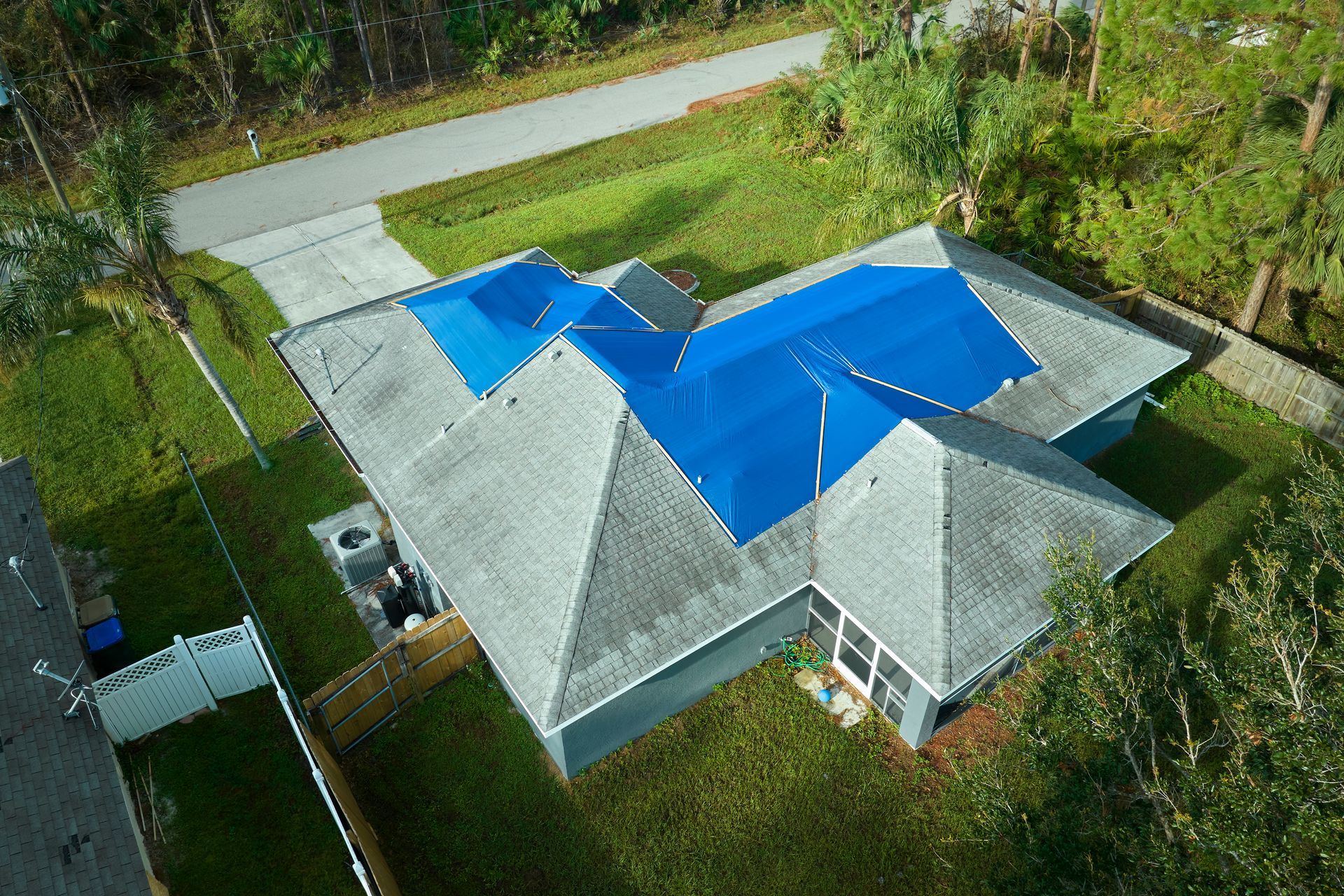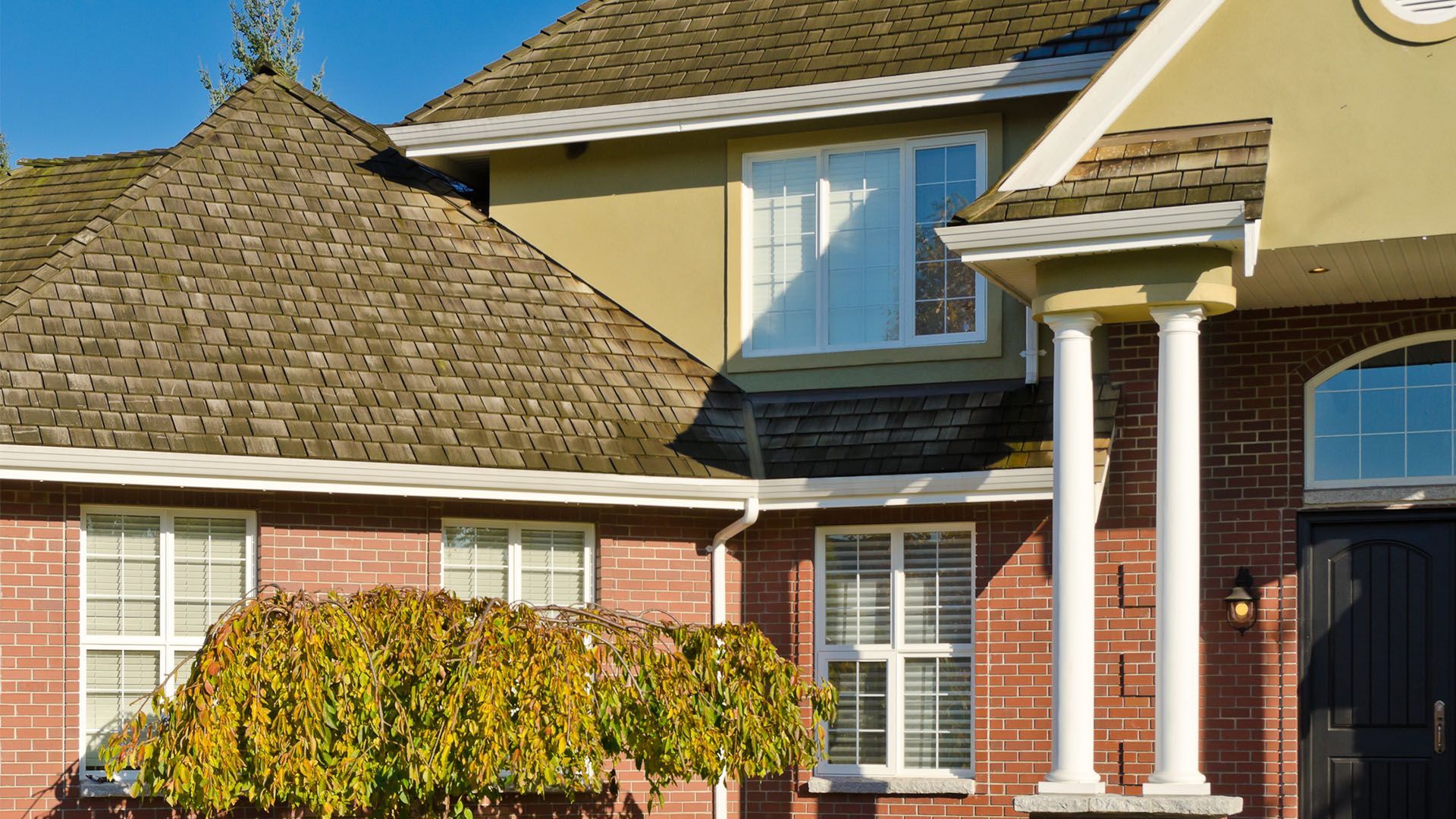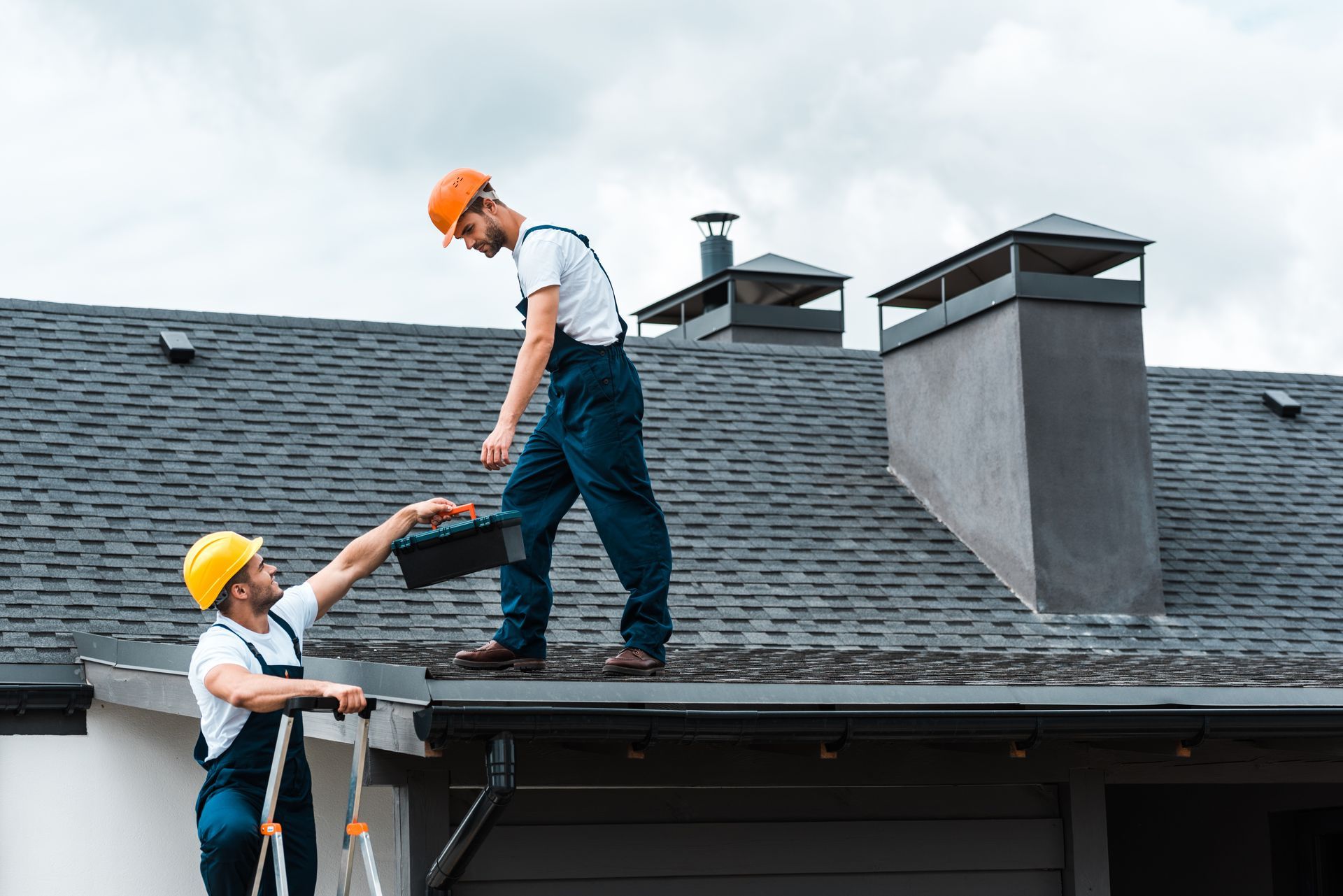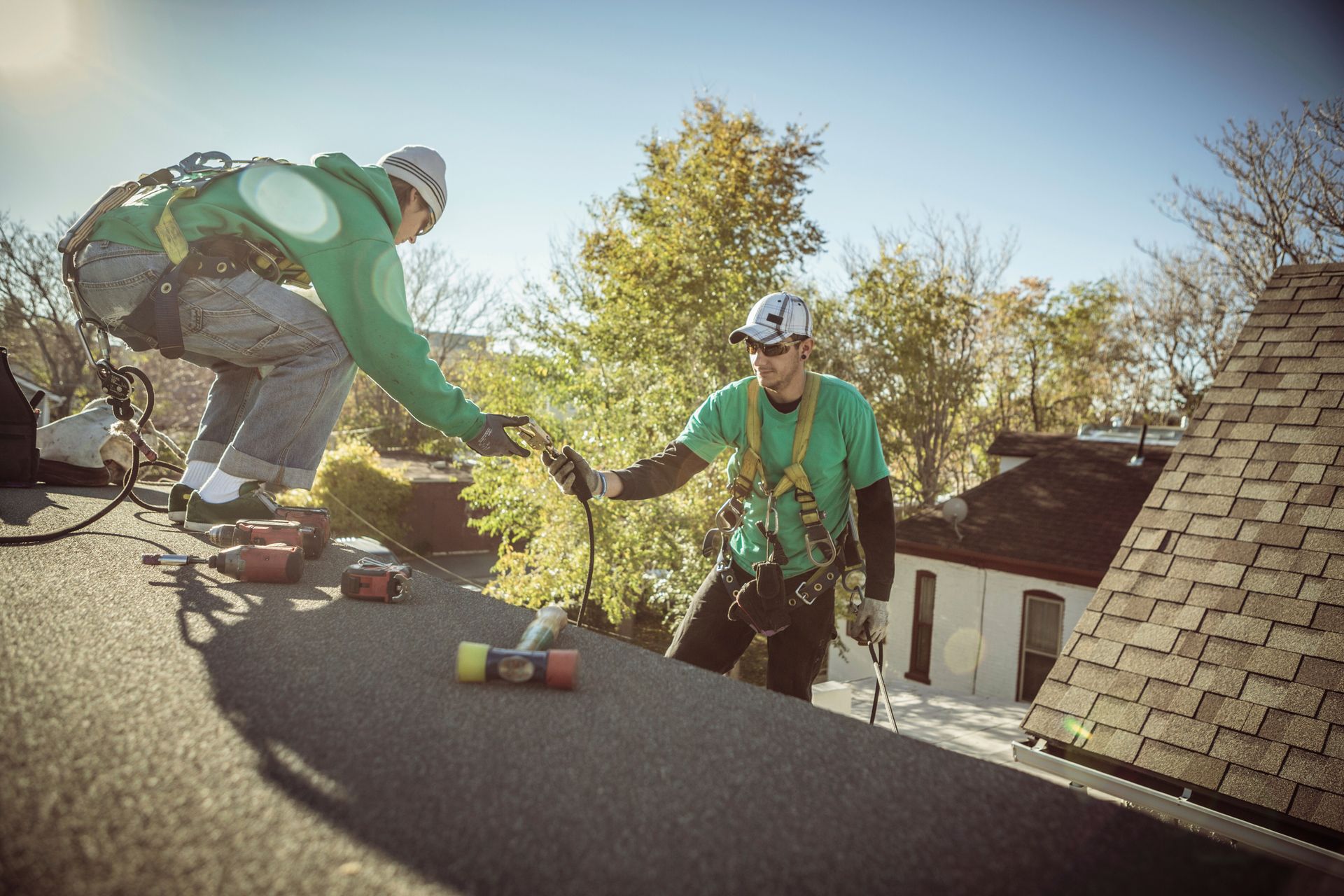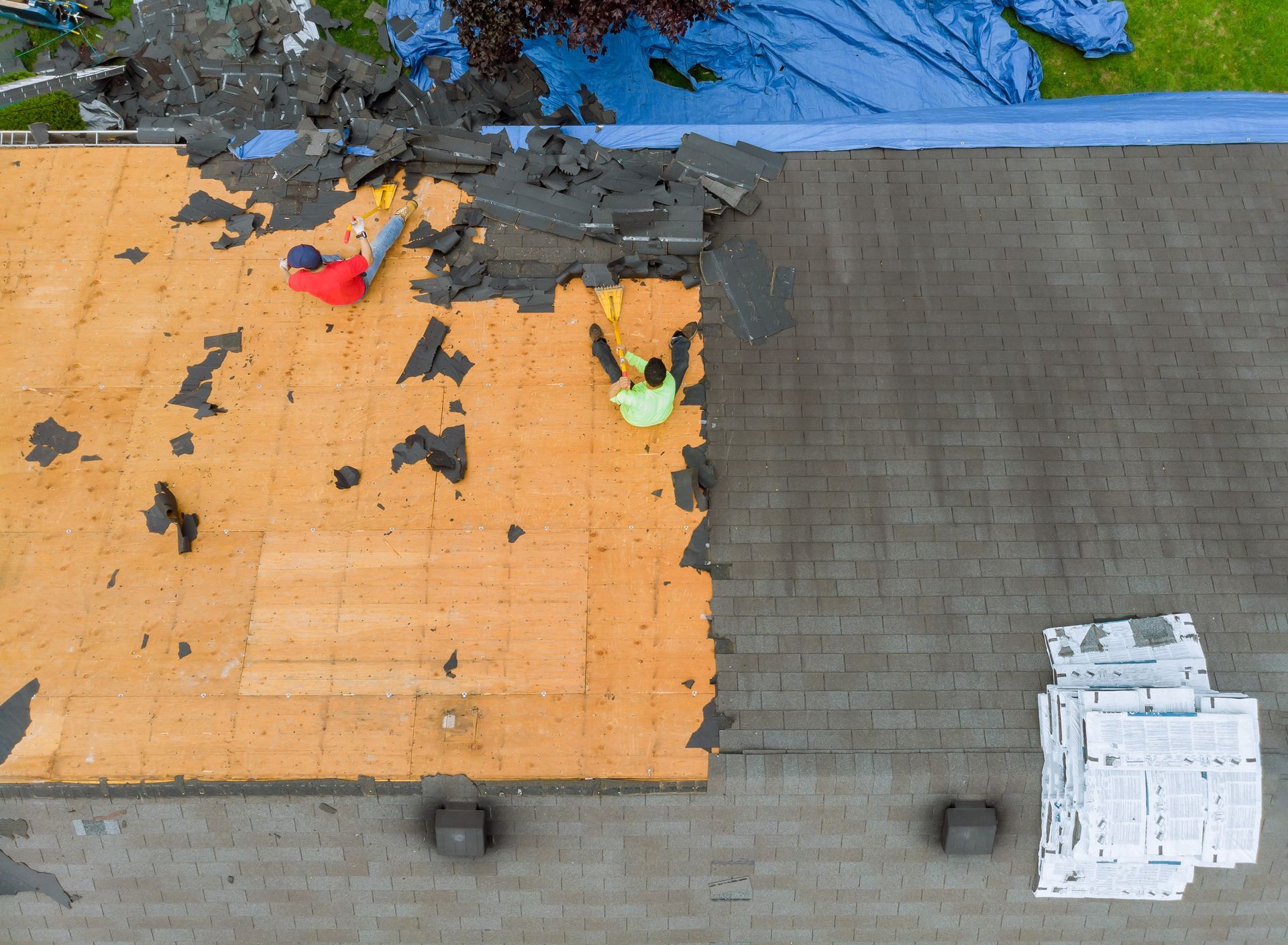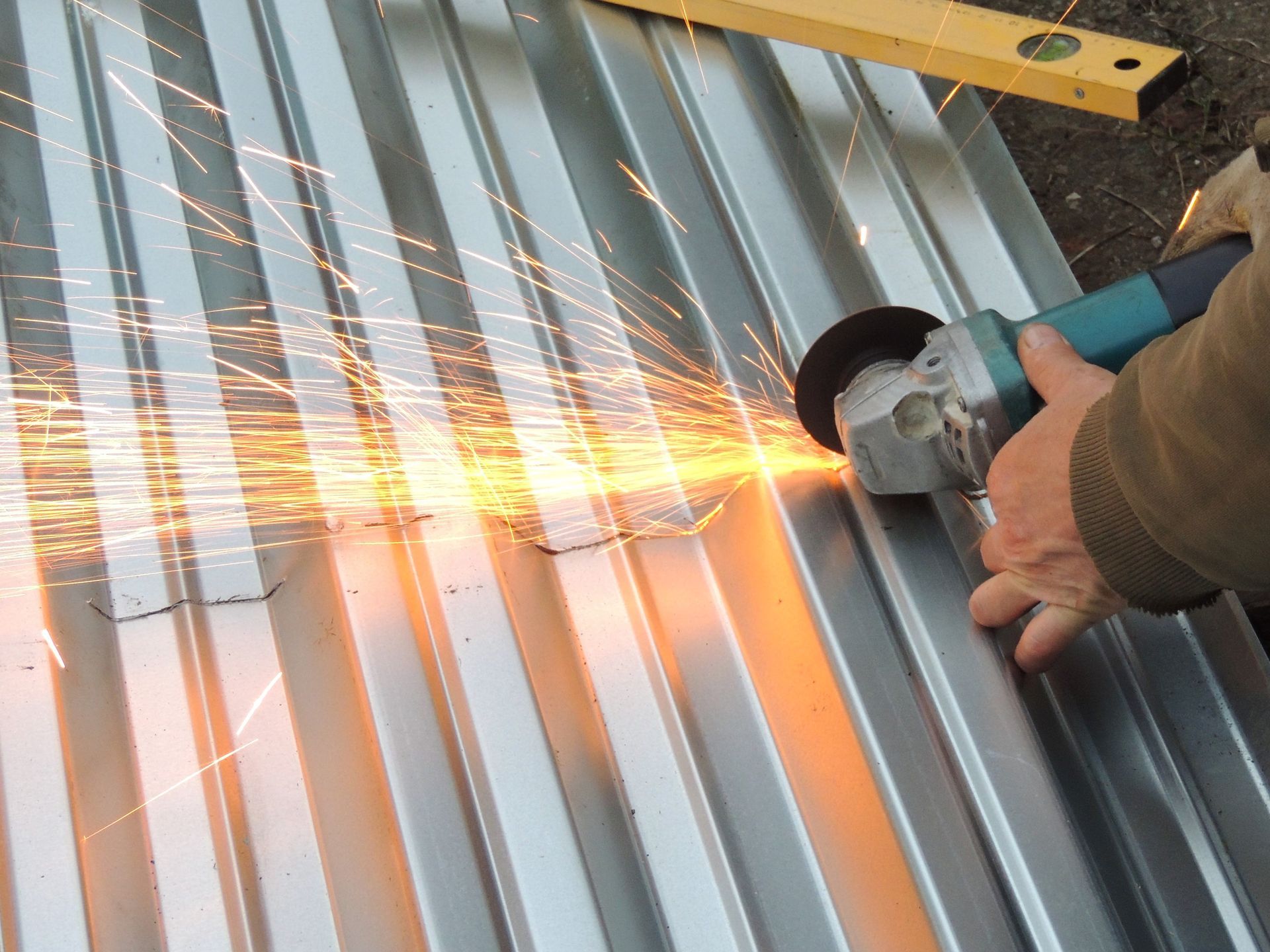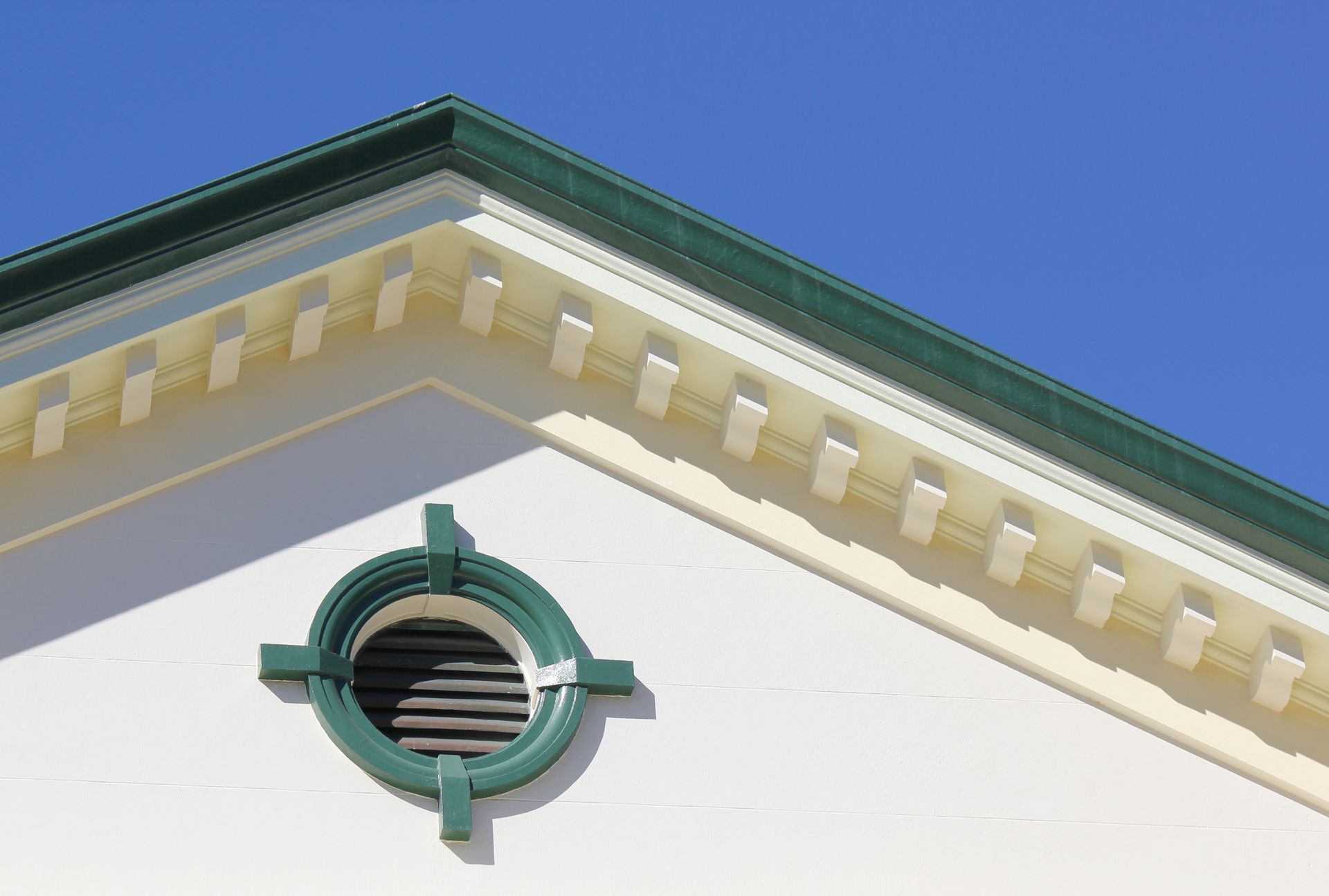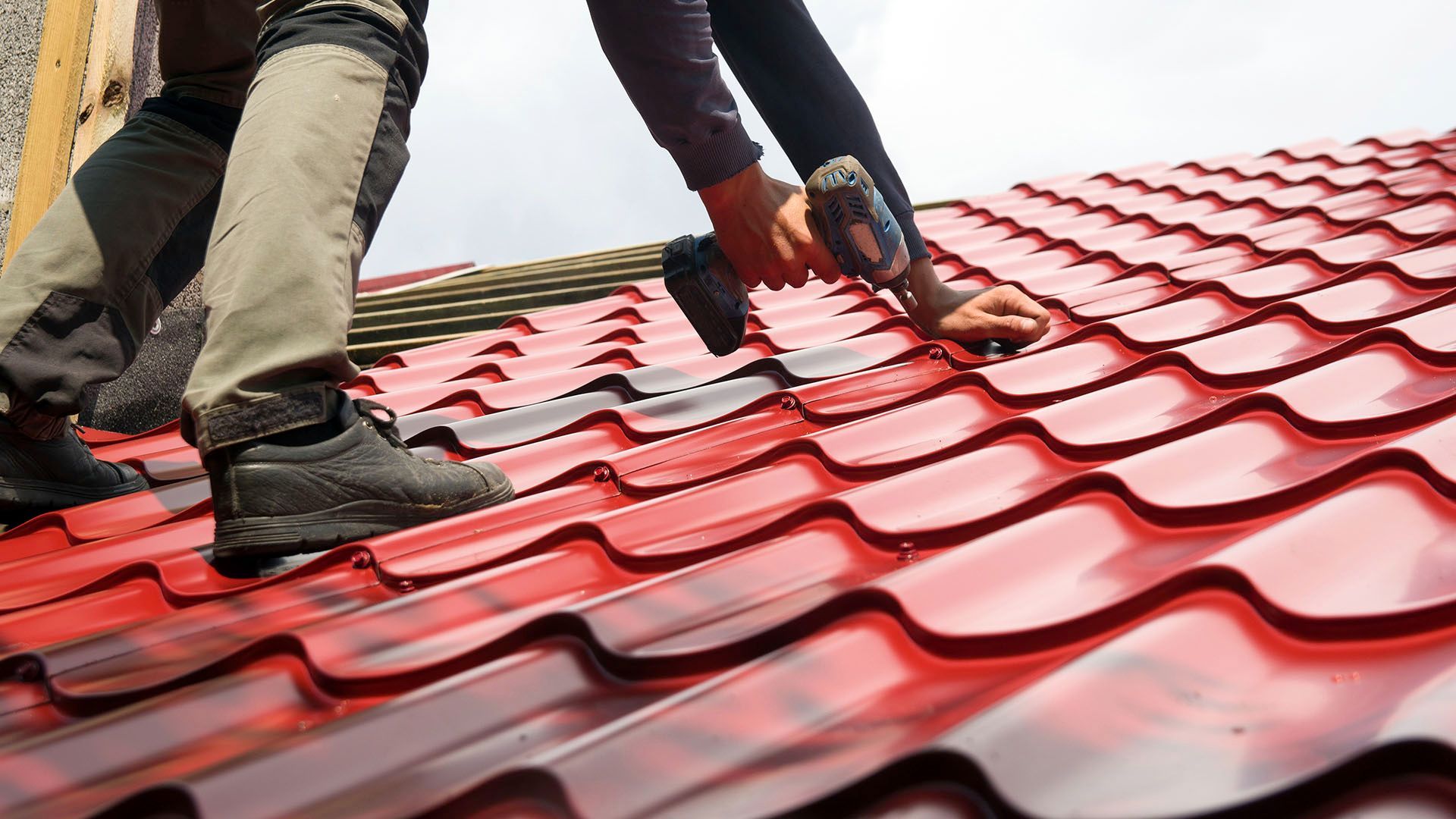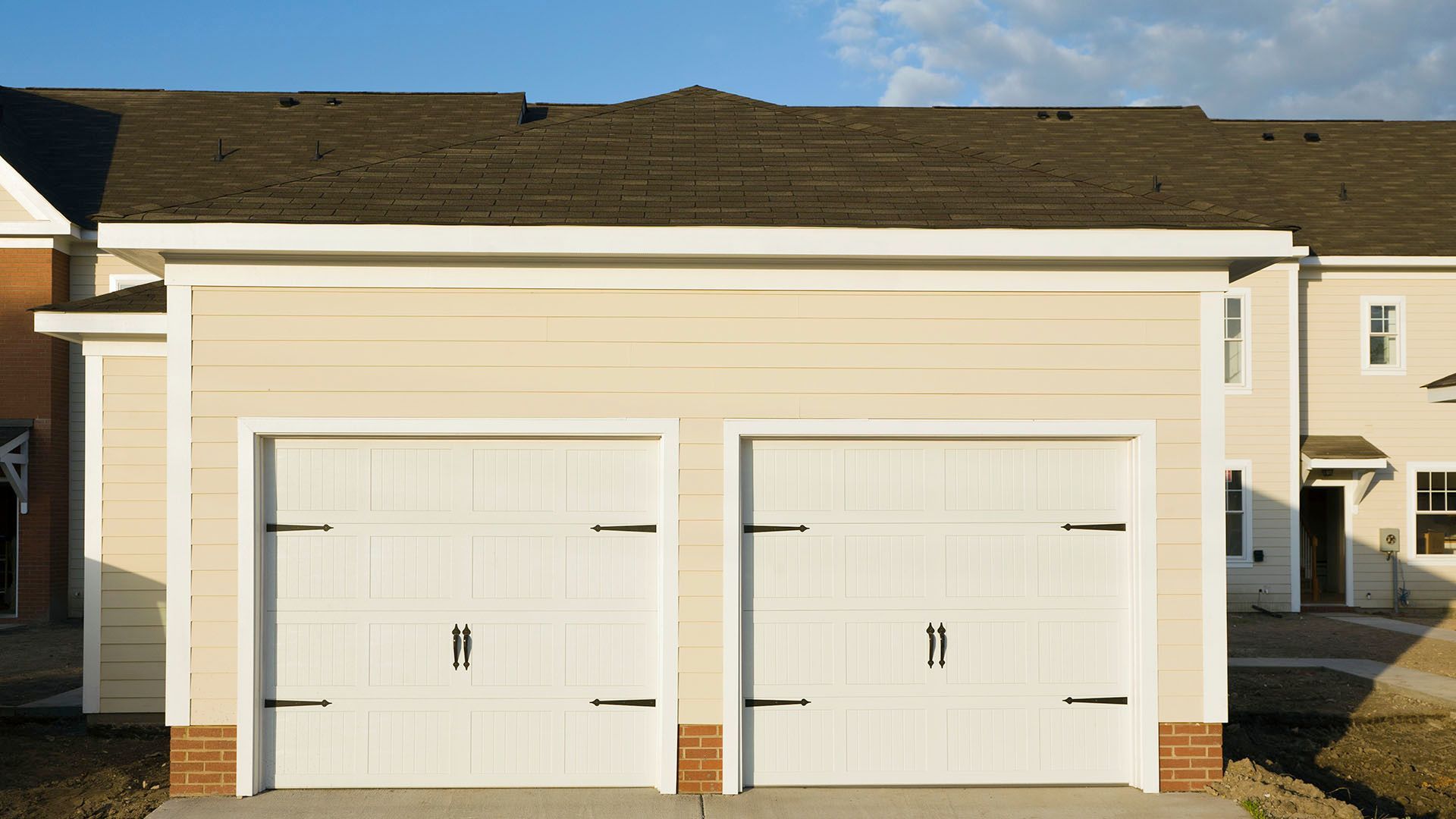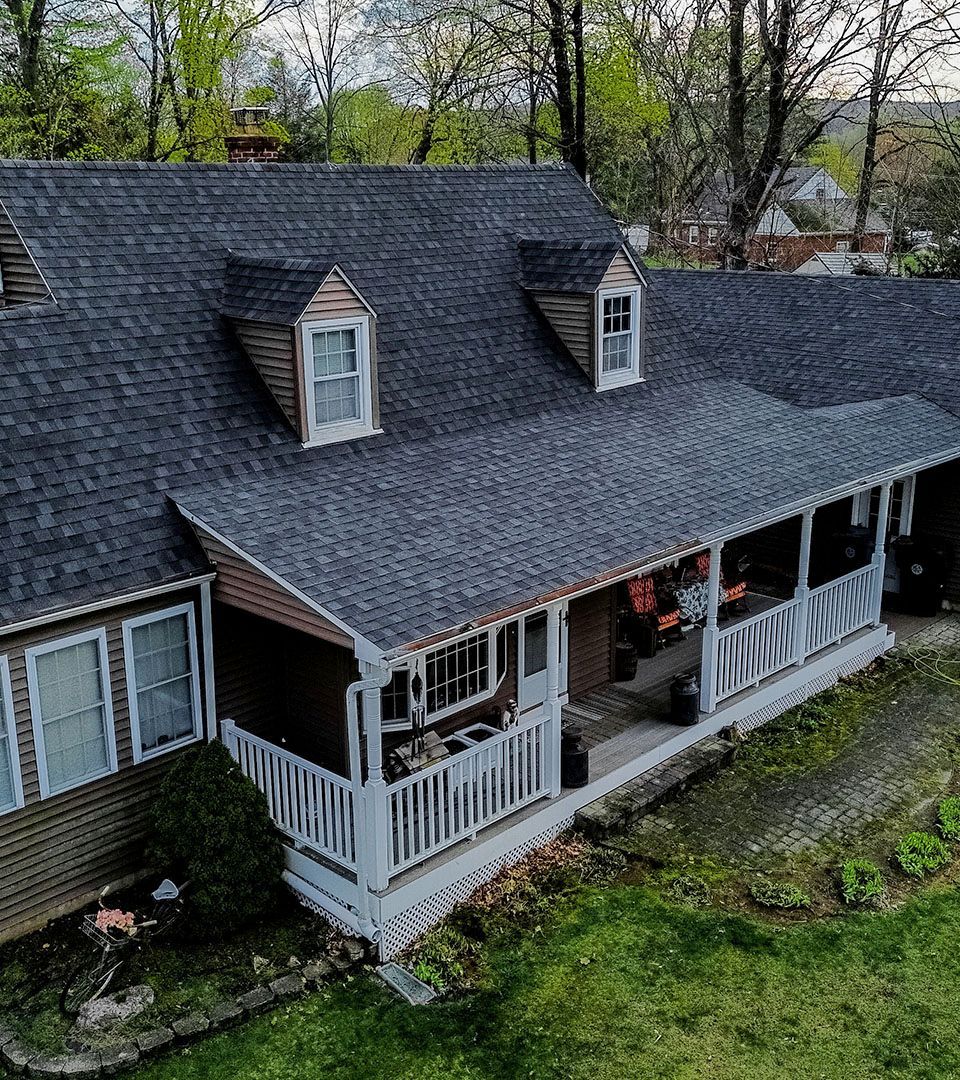How Often Does a Roof Need to Be Replaced?

Why trust this guide? Carden Home Improvement is a licensed Connecticut contractor based in Plainville and serving homeowners across the state. We back our work with a 10-year workmanship warranty and a 1-Day Roof Replacement Guarantee, offer financing through Hearth, and bring 10+ years of hands-on home improvement experience to every project 24/7.
Most roofs last 20–30 years, but it depends on the material, your climate, and how well the roof was installed and maintained. If your roof is leaking, shedding granules, or nearing the end of its typical lifespan, it’s time to plan for replacement.
Why Roof Replacement Matters
The Role of Your Roof in Protecting Your Home
Your roof is your home’s first shield against rain, snow, wind, sun, and temperature swings. A healthy roof prevents leaks, protects your attic and insulation, and helps keep your energy bills in check.
Ignoring Damage Can Be Costly
Small issues like cracked shingles or loose flashing let water in. Over time, that water causes mold, wood rot, and even structural problems. Fixing hidden damage often costs more than replacing an aging roof on time.
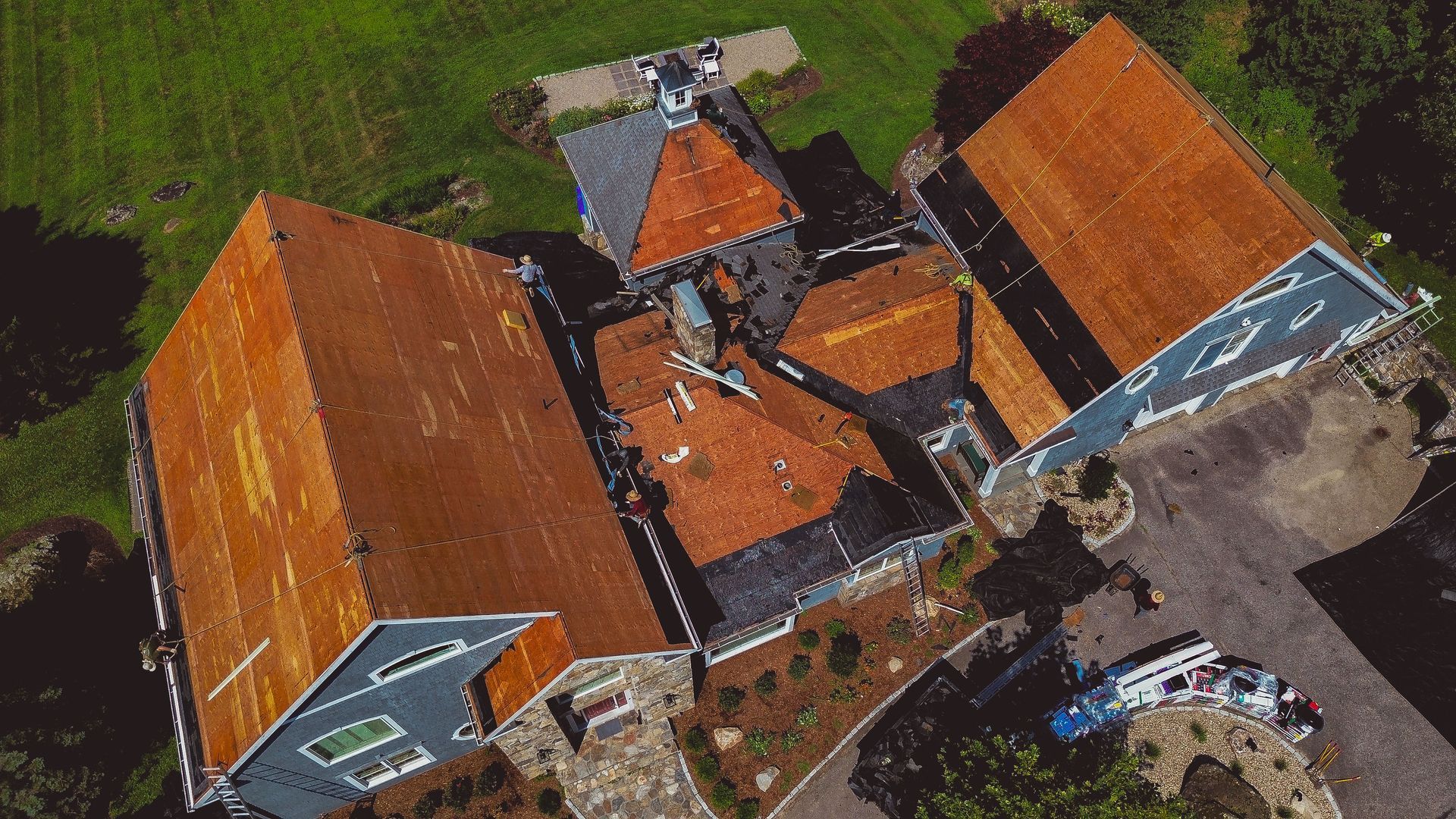
Average Lifespan by Roofing Material
Asphalt Shingles
- 3-tab shingles: about 15–20 years.
- Architectural (dimensional) shingles: about 25–30+ years.
Metal Roofs
- Steel/aluminum standing seam or metal shingles: about 40–70 years.
- Copper or zinc: often 70+ years.
Metal holds up well in wind and sheds snow quickly when installed with the right underlayment and ice-dam protection.
Wood Shakes
- Cedar shakes/shingles: about 20–30 years with steady maintenance.
They need proper ventilation and routine care to avoid moisture problems.
Slate and Tile
- Slate: 75–150+ years when installed and flashed correctly.
- Clay/concrete tile: 50+ years.
The tiles may last longer than the underlayment, which often needs replacing sooner.
Flat Roofs and Others
- EPDM rubber: ~15–25 year
- TPO/PVC: ~20–30 years.
- Modified bitumen: ~15–25 years.
Drainage and regular inspections matter a lot on flat roofs.
Key Factors That Affect Roof Longevity
Climate and Weather Conditions
In the Northeast (especially Connecticut), freeze-thaw cycles, heavy snow, nor’easter winds, and rapid temperature swings shorten roof life. Ice dams at the eaves can force meltwater under shingles and into your home.
Installation Quality
Even premium materials fail early if they’re installed poorly. Proper flashing, nail placement, underlayment, and starter/edge details make a big difference. A solid workmanship warranty protects you if something goes wrong.
Ventilation and Insulation
Balanced attic ventilation (soffit + ridge vents) removes heat and moisture. This helps prevent ice dams, shingle curling, mold, and deck rot and it keeps warranties valid.
Roofing Material Brand and Grade
Higher-grade shingles and membranes often have longer manufacturer warranties. Match the product to your home’s design and your climate.
Maintenance and Upkeep
Clean gutters, trim overhanging branches, clear debris, and schedule routine inspections. Catching small issues early adds years to your roof’s life.
Warning Signs It’s Time to Replace Your Roof
Missing or Curling Shingles
Shingles that curl, crack, blister, or go missing cannot protect your home. Wind can lift loose shingles and drive rain beneath them.
Leaks and Water Damage
Water stains on ceilings, damp insulation, or light visible in the attic are red flags. Check around chimneys, vents, and valleys where flashing lives. If you're experiencing active leaks, consider our emergency roof repair services.
Sagging Rooflines
Sagging often points to rotten decking or structural issues. This needs immediate attention.
Excessive Granule Loss
If asphalt shingle granules are filling your gutters or downspouts, UV protection is fading and the roof is near end-of-life.
Age of the Roof
If your roof is approaching the typical lifespan for its material, plan your replacement before leaks start.
How Often Should You Really Replace a Roof?
Residential Roofing Timelines by Type
- Asphalt 3-tab: 15–20 years
- Architectural asphalt: 25–30+ years
- Metal (steel/aluminum): 40–70 years
- Cedar shakes: 20–30 years (with maintenance)
- Slate: 75–150+ years
- Clay/concrete tile: 50+ years
- EPDM: 15–25 years | TPO/PVC: 20–30 years | Mod-bit: 15–25 years
When to Repair vs. Replace
- Repair if the roof is young, the problem is small (like a few shingles or a single flashing point), and the rest of the roof looks healthy. For specific repair needs, explore our
roof repair services.
- Replace if leaks are recurring, damage is widespread, or the roof is near its expected lifespan. If more than ~25–30% of the surface is compromised, full replacement is often the smarter, long-term choice.
The Risks of Waiting Too Long
Delaying replacement can lead to soaked insulation, mold, decking rot, interior repairs, and even insurance claim issues. Planned replacement protects your home and budget.
Expert Tips for Extending Roof Life
Schedule Regular Inspections
Do a professional roof inspection once a year and after major storms. Quick checks from the ground with binoculars help between visits.
Keep Gutters Clean
Clogged gutters back up water under shingles and toward the foundation. Clean them at least twice a year more often with heavy tree cover.
Address Minor Repairs Quickly
Replace missing shingles, re-seal flashing, and tighten loose fasteners before small problems grow.
Watch for Seasonal Wear and Tear
In Connecticut, look for ice damage after winter and check sealants and flashing after summer heat. Hail damage is also common after severe storms.
Choosing the Right Contractor for Replacement
Why Experience and Certification Matter
Look for a licensed, insured, and manufacturer-trained installer who works in your region and understands local codes and weather. Ask about their workmanship warranty and jobsite protections.
Questions to Ask Before Hiring
- Are you
licensed and
insured in CT?
- What’s included in the estimate (tear-off vs. overlay, dumpsters, plywood, permits, ventilation upgrades)?
- How will you protect my landscaping and clean up each day?
- Who is on site managing the crew?
- What is the workmanship warranty and the manufacturer warranty?
Importance of Warranties and Guarantees
You want both: a manufacturer material warranty and a strong workmanship warranty. Carden backs installations with a 10-year workmanship warranty and a 1-Day Roof Replacement Guarantee for a smooth, predictable experience.
Final Thoughts on Roof Replacement Timing
Plan Ahead to Protect Your Home and Budget
If your roof is nearing the end of its typical lifespan or showing warning signs, start planning now. Schedule an inspection, get a clear written scope, and explore financing if needed. Carden Home Improvement serves homeowners statewide from our Plainville location and is available around the clock to help you decide whether repair or replacement is right for your home.
Ready to get started?
Contact us today for a professional roof assessment and personalized recommendations for your Connecticut home.
Frequently Asked Questions
How do I know if my roof needs to be replaced or just repaired?
If your roof is under 15 years old and has isolated damage (a few missing shingles, small leak around flashing), repair is usually the right choice. However, if you're seeing multiple issues like widespread granule loss, recurring leaks, or your roof is approaching its expected lifespan, replacement becomes more cost-effective. A good rule of thumb: if repair costs exceed 25-30% of replacement cost, or if more than 25% of your roof surface is compromised, choose replacement.
What's the biggest mistake homeowners make with roof replacement timing?
Waiting until there's an active leak. By the time water is coming through your ceiling, you may already have hidden damage to insulation, decking, or structural components that significantly increases repair costs. The best time to replace a roof is when it's showing early warning signs but before it fails completely.
How much longer will my roof last if I do regular maintenance?
Proper maintenance can extend your roof's life by 3-7 years depending on the material. For asphalt shingles, this means going from 20 years to potentially 25+ years with consistent gutter cleaning, prompt minor repairs, and annual inspections. The key is catching small problems before they become big ones.
Should I replace my roof before selling my home?
It depends on your roof's condition and local market expectations. A roof nearing the end of its lifespan (15+ years for 3-tab shingles, 25+ for architectural) may hurt your sale price or turn away buyers who don't want the immediate expense. However, if your roof has 5-10 years of life left and looks good, focus your renovation budget elsewhere for better ROI.
Can I install a new roof over my existing shingles to save money?
While building codes often allow one layer of shingles over existing ones, this approach has significant drawbacks. It prevents proper inspection of the roof deck, adds weight to your structure, can void manufacturer warranties, and typically shortens the new roof's lifespan. The upfront savings rarely justify the long-term costs and potential problems.

